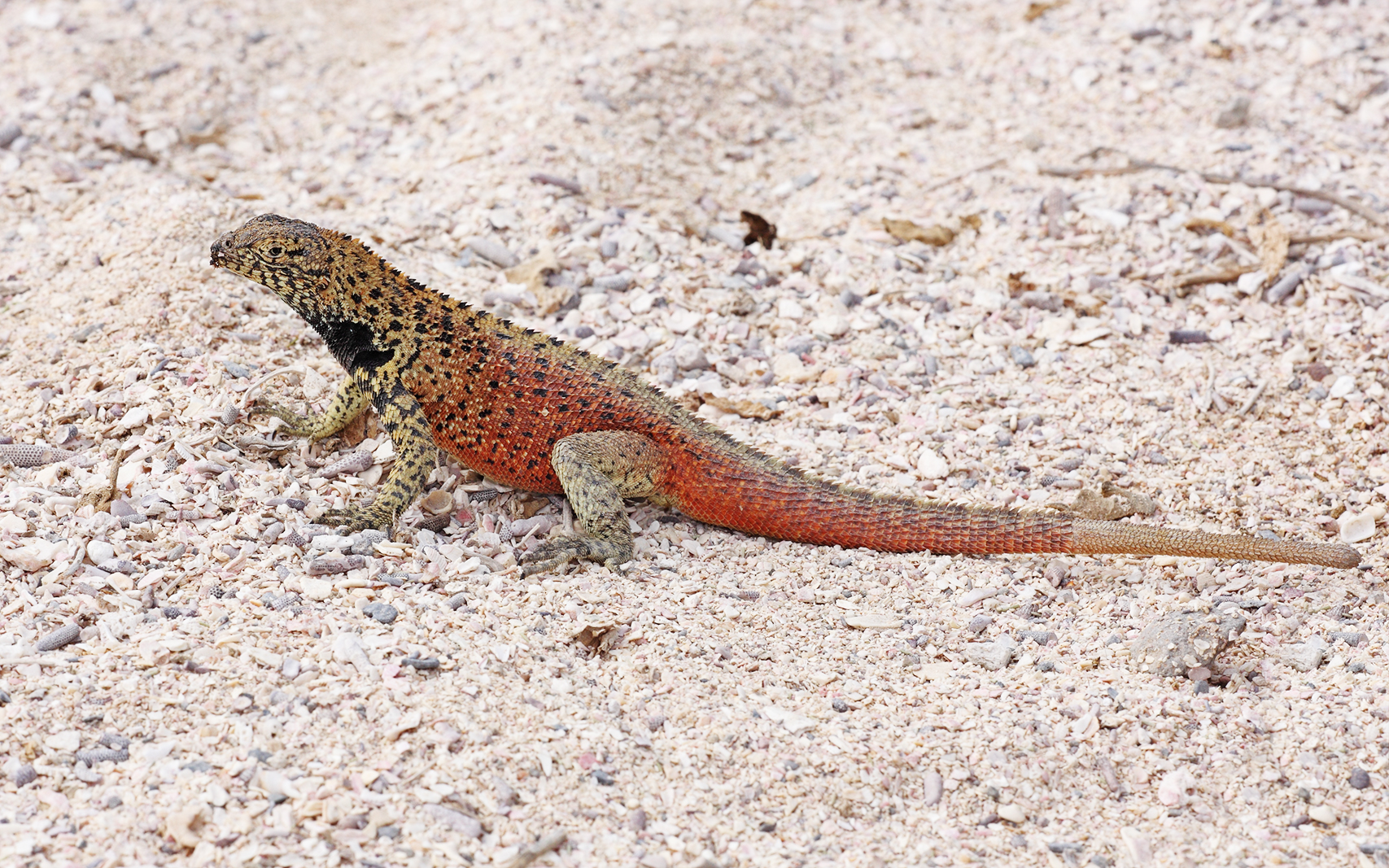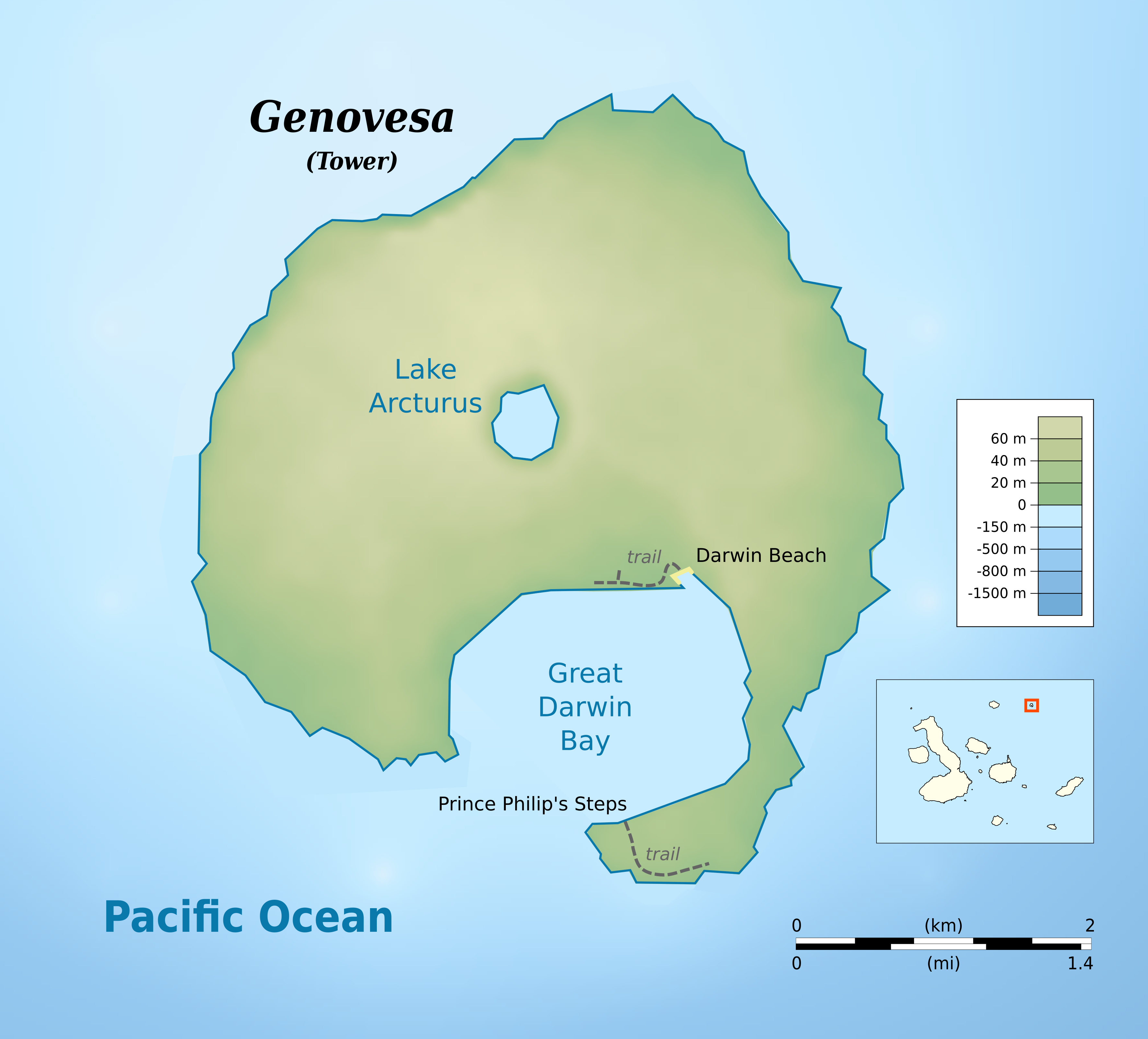|
San Cristóbal Canton
San Cristóbal Canton is a canton of Ecuador in the Galápagos Islands archipelago and one of the oldest in this insular geological formation. It consists of Española, Floreana, Genovesa, San Cristóbal, and Santa Fe Islands. History Manuel Julián Cobos, a cruel and despotic man, founded a sugar cane plantation and sugar refinery shortly after 1869. Hoff, Stein. Drømmen om Galapagos: Manuel J. Cobos. 14-Oct-2010. He built a fortune after the sugar production and contributed to the San Cristobal settlement. He took the produce to sell in . In 1904, the workers, who were tired of abuse from their master, revolted and killed him. The revolting workers were in fact inmates that were placed initially under Antonio Gil Quezada's or ... [...More Info...] [...Related Items...] OR: [Wikipedia] [Google] [Baidu] |
Cantons Of Ecuador
The Cantons of Ecuador are the second-level subdivisions of Ecuador, below the provinces. There are 221 cantons in the country, of which three are not in any province. The cantons are further sub-divided into parishes, which are classified as either urban or rural. Below is a list of cantons by province. Azuay Province Bolívar Province Cañar Province Carchi Province Chimborazo Province Cotopaxi Province El Oro Province Esmeraldas Province Galápagos Province Guayas Province Imbabura Province Loja Province Los Ríos Province Manabí Province Morona-Santiago Province Napo Province Orellana Province Pastaza Province Pichincha Province Santa Elena Province Santo Domingo de los Tsáchilas Province Sucumbíos Province Tungurahua Province Zamora-Chinchipe Province No provinces There are or were four areas that are non-delimited. These locations are: * Las Golondrinas: In a referendum held on April 3, 2016, 56. ... [...More Info...] [...Related Items...] OR: [Wikipedia] [Google] [Baidu] |
San Cristóbal Island
San Cristóbal Island ( es, Isla San Cristóbal) and named previously by the English as ''Chatham Island'', is the easternmost island in the Galápagos archipelago, as well as one of the oldest geologically. It is administratively part of San Cristóbal Canton, Ecuador. Its Spanish (and official Ecuadorian) name "San Cristóbal" comes from the patron saint of seafarers, St. Christopher. English speakers increasingly use that name in preference to the traditional English name of Chatham Island, derived from William Pitt, 1st Earl of Chatham. History San Cristobal Island is composed of three or four fused volcanoes, all extinct. It is home to the oldest permanent settlement of the islands and is the island where Darwin first went ashore in 1835. A small lake called El Junco is the only source of fresh water in the islands. The availability of fresh water is what led to the early settlement of San Cristobal. A penal colony was built on San Cristóbal Island in 1880 ... [...More Info...] [...Related Items...] OR: [Wikipedia] [Google] [Baidu] |
Calandrinia Galapagosa
''Calandrinia galapagosa'' is a species of plant in the Montiacea family. It is endemic to the Galápagos Islands of Ecuador Ecuador ( ; ; Quechua: ''Ikwayur''; Shuar: ''Ecuador'' or ''Ekuatur''), officially the Republic of Ecuador ( es, República del Ecuador, which literally translates as "Republic of the Equator"; Quechua: ''Ikwadur Ripuwlika''; Shuar: ''Eku .... References galapagosa Endemic flora of Ecuador Conservation dependent plants Taxonomy articles created by Polbot {{caryophyllales-stub ... [...More Info...] [...Related Items...] OR: [Wikipedia] [Google] [Baidu] |
Lava Lizard
''Microlophus'' is a genus of tropidurid lizards native to South America. Around 20 species are recognized and 10 of these are endemic to the Galápagos Islands, where they are commonly known as lava lizardsBenavides E, Baum R, Snell HM, Snell HL, Sites JW Jr (2009)"Island Biogeography of Galápagos Lava Lizards (Tropiduridae: ''Microlophus''): Species Diversity and Colonization of the Archipelago". (.pdf) ''Evolution'' 63 (6): 1606–1626. (they are sometimes placed in ''Tropidurus'' instead). The remaining, which often are called Pacific iguanas, are found in the Andes and along the Pacific coasts of Chile, Peru, and Ecuador. The distribution of the lava lizards and their variations in shape, colour, and behaviour show the phenomenon of adaptive radiation so typical of the inhabitants of this archipelago. One species occurs on all the central and western islands, which were perhaps connected during periods of lower sea levels, while one species each occurs on six other more pe ... [...More Info...] [...Related Items...] OR: [Wikipedia] [Google] [Baidu] |
Galápagos Tortoise
The Galápagos tortoise or Galápagos giant tortoise (''Chelonoidis niger'') is a species of very large tortoise in the genus ''Chelonoidis'' (which also contains three smaller species from mainland South America). It comprises 15 subspecies (13 Extant taxon, extant and 2 extinct). It is the largest living species of tortoise, with some modern Galápagos tortoises weighing up to . With lifespans in the wild of over 100 years, it is one of the longest-lived vertebrates. Captive Galapagos tortoises can live up to 177 years. For example, a captive individual, Harriet (tortoise), Harriet, lived for at least 175 years. Spanish explorers, who discovered the islands in the 16th century, named them after the Spanish ''wikt:en:galápago#Spanish, galápago'', meaning "tortoise". Galápagos tortoises are native to seven of the Galápagos Islands. Turtle shell, Shell size and shape vary between subspecies and populations. On islands with humid highlands, the tortoises are larger, with d ... [...More Info...] [...Related Items...] OR: [Wikipedia] [Google] [Baidu] |
Guayaquil
, motto = Por Guayaquil Independiente en, For Independent Guayaquil , image_map = , map_caption = , pushpin_map = Ecuador#South America , pushpin_relief = 1 , pushpin_map_caption = , pushpin_mapsize = , coordinates = , subdivision_type = Country , subdivision_name = Ecuador , subdivision_type1 = Province , subdivision_name1 = Guayas , subdivision_type2 = Canton , subdivision_name2 = Guayaquil , established_title = Spanish foundation , established_date = , founder = Francisco de Orellana , named_for = Guayas and Quil , established_title2 = Independence , established_date2 = , parts_type = Urban ... [...More Info...] [...Related Items...] OR: [Wikipedia] [Google] [Baidu] |
Sugar Cane
Sugarcane or sugar cane is a species of (often hybrid) tall, perennial grass (in the genus ''Saccharum'', tribe Andropogoneae) that is used for sugar production. The plants are 2–6 m (6–20 ft) tall with stout, jointed, fibrous stalks that are rich in sucrose, which accumulates in the stalk internodes. Sugarcanes belong to the grass family, Poaceae, an economically important flowering plant family that includes maize, wheat, rice, and sorghum, and many forage crops. It is native to the warm temperate and tropical regions of India, Southeast Asia, and New Guinea. The plant is also grown for biofuel production, especially in Brazil, as the canes can be used directly to produce ethyl alcohol (ethanol). Grown in tropical and subtropical regions, sugarcane is the world's largest crop by production quantity, totaling 1.9 billion tonnes in 2020, with Brazil accounting for 40% of the world total. Sugarcane accounts for 79% of sugar produced globally (most of the rest is ma ... [...More Info...] [...Related Items...] OR: [Wikipedia] [Google] [Baidu] |
Santa Fe Island
Santa Fe Island (Spanish: ''Isla Santa Fe''), also called Barrington Island after admiral Samuel Barrington, is a small island of which lies in the centre of the Galápagos archipelago, to the south-east of Santa Cruz Island. Visitor access is by a wet landing in Barrington Bay on the north-eastern side of the island. Environment Geologically, the island is one of the oldest of the archipelago; volcanic rocks of about 4 million years old have been found. The vegetation of the island is characterized by brush, palo santo trees and stands of a large subvariety of the Galápagos prickly pear cactus, ''Opuntia galapageia'' subvar. ''barringtonensis''. Santa Fe is home to two endemic species and two endemic subspecies: the Barrington land iguana (''Conolophus pallidus''), the Barrington leaf-toed gecko (''Phyllodactylus barringtonensis''), www.reptile-database.org. the Santa Fe marine iguana (''Amblyrhynchus cristatus trillmichi'') and the Santa Fe rice rat (''Aegialomys gal ... [...More Info...] [...Related Items...] OR: [Wikipedia] [Google] [Baidu] |
Genovesa Island
Genovesa Island (Spanish: ''Isla Genovesa''), referred to in English as Tower Island, is a shield volcano in the Galápagos Islands in the eastern Pacific Ocean. The island occupies about , and its maximum elevation is . The horse-shoe shaped island has a volcanic caldera whose wall has collapsed, forming the Great Darwin Bay, surrounded by cliffs. Lake Arcturus, filled with salt water, lies in the centre, and sediment within this crater lake is less than 6,000 years old. Although no historical eruptions are known from Genovesa, there are very young lava flows on the flanks of the volcano. The official Spanish name "Genovesa" is from the Italian city of Genoa, in honor of Christopher Columbus. The English name "Tower" is presumably a corruption of "Downes". The island's position was reported by John Downes of the USS ''Essex'' in 1813, during the War of 1812, and the name "Dowers's" appeared in 1815, presumably a misspelled reference to Downes. After passing through "Do ... [...More Info...] [...Related Items...] OR: [Wikipedia] [Google] [Baidu] |
Provinces Of Ecuador
Ecuador is divided into 24 provinces ( es, provincias, singular''provincia''). The provinces of Ecuador and their capitals are: List 1 Population as per the census carried out on 2010-11-28 In addition, there were four areas that were non-delimited. These locations were: * Las Golondrinas: In a referendum held on April 3, 2016, 56.9% of voters voted in favor of Las Golondrinas being incorporated into the Imbabura Province. * La Manga del Cura: In a referendum held on September 27, 2015, 64.2% of the voters voted in favor of La Manga del Cura being incorporated into the Manabí Province. * El Piedrero: incorporated into Guayas Province by the Presidential decree in 2017. * Matilde Esther: incorporated into Guayas Province by the Presidential decree in 2017 Regions and planning areas Regionalization, or zoning, is the union of two or more adjoining provinces in order to decentralize the administrative functions of the capital, Quito. In Ecuador, there are seven regions, or zon ... [...More Info...] [...Related Items...] OR: [Wikipedia] [Google] [Baidu] |
Floreana Island
Floreana Island (Spanish: ''Isla Floreana'') is an island of the Galápagos Islands. It was named after Juan José Flores, the first president of Ecuador, during whose administration the government of Ecuador took possession of the archipelago. It was previously called Charles Island (after King Charles II of England), and Santa María after one of the caravels of Columbus. The island has an area of . It was formed by volcanic eruption. The island's highest point is Cerro Pajas at , which is also the highest point of the volcano like most of the smaller islands of Galápagos. History Since the 19th century, whalers kept a wooden barrel at Post Office Bay, so that mail could be picked up and delivered to their destination by ships on their way home, mainly to Europe and the United States. Cards and letters are still placed in the barrel without any postage. Visitors sift through the letters and cards in order to deliver them by hand. Due to its relatively flat surface, suppl ... [...More Info...] [...Related Items...] OR: [Wikipedia] [Google] [Baidu] |
Española Island
Española Island (Spanish: ''Isla Española'') is part of the Galápagos Islands. The English named it ''Hood Island'' after Viscount Samuel Hood. It is located in the extreme southeast of the archipelago and is considered, along with Santa Fe, one of the oldest, at approximately four million years. A popular tourist stop, Isla Española is the most southerly island in the Galápagos Archipelago. The climate is very dry, like most of the Archipelago. But due to the flatness of the island, it is the driest of these islands, with only a few inches of rain per year. It is about a 10- to 12-hour trip by boat from Isla Santa Cruz. Wildlife Tourists come to see the waved albatrosses (from March to January, almost the entire world population breeds on the island) and the mating dances of blue-footed boobies. Two spots are especially popular with visitors: Bahía Gardner, which has a lovely beach; and Punta Suárez, of interest because of its varied bird-life. This island has its ... [...More Info...] [...Related Items...] OR: [Wikipedia] [Google] [Baidu] |
.png)







